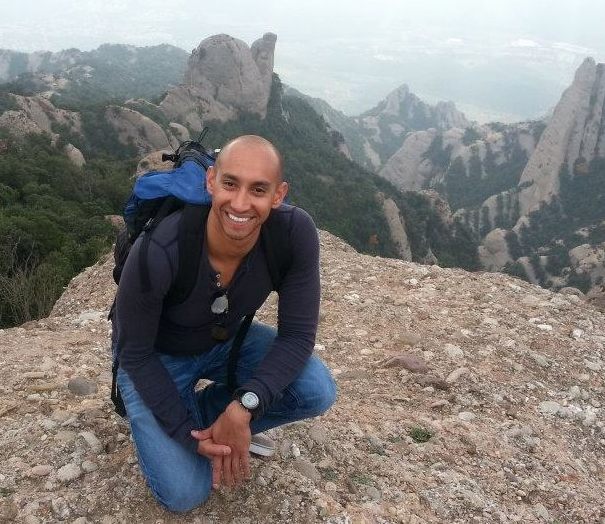by Stefan Fabry
In Tango, we may inwardly ask of other dancers: “Why don’t you want to dance with me?”
Before we interact with others in Tango, it can be useful to let this question resonate within ourselves: What is heart-and-mind-opening verbal communication?
Have you noticed sometimes trying to create verbal connection with someone and you feel it’s just not working?
Many of us coming to Tango are introverted. We need to make an extra effort to veer our attention away from our worry about whether or not we are being liked and attempt to be truly curious about the people around us. To be truly curious about those around us, we might consider these questions: What would we ask each person we interact with? How would we listen to this person? What kind of attention would we feel compelled to give this person?
Being curious about another person is often the result of a conscious decision we make to be curious.
Instead of inwardly bemoaning, why don’t you want to dance with me… we might instead choose a more proactive attitude and engage this dancer in the following hypothetical dialogue to illuminate a possible answer to this question.
A: Hey (name), how is it going?
B: Good, thank you, how about you?
A: Thank you for asking; I am very curious.
B: Really, about what?
A: About other people’s experiences in dancing.
B: Oh wow, that is an intriguing thing to be curious about. What specifically are you looking to find out?
A: Well, when I am observing you dancing with (name), I see you smiling and being happy.
B: Yes, indeed.
A: What is it that you like about dancing with (name)? Would you mind sharing a little about that?
B: Oh sure, it is the way she/he holds me, the way she/he invites me to dance, the way she/he pays attention to me when we are dancing, and the way she/he hears the music and transfers it into our dancing and inspires me to hear it through her/his ears.
A: Oh wow, lots of things.
B: Yes, indeed.
A: What about the way she/he uses her/his embrace?
B: It is like this and like that, which makes me feel riveted.
A: Wow, that sounds and feels nice; thank you for showing me. How would I have to use my embrace to make someone feel that happy? Do you have any suggestions?
B: Oh sure, let’s take the embrace. So what (name) does is that she/he puts her/his hand over here, the other hand over there, and then she/he does this…
A: So, you think if I would do more of this and that like (name) does with you, I could make more girls/guys here happy?
B: Yes, I bet. But there are all the other parts as well. And yes, this is a first step.
A: Wow, thank you (name) this was really helpful; I had no idea. I am really grateful that you took the time to share with me. I’ll go and practice that now with someone.
B: You are very welcome. Ask me another time again about what you’d like to know. It is good to be surrounded by curious people.
Instead of asking why don’t you want to dance with me, we went directly via curiosity into research mode. This way, we learned one aspect of how a potential dance partner would like to dance with us at some point.
It is important now not to ask him/her to dance via words at this point.
Why not?
We need to get used to being humble and operate from the premise of “enough” and leave behind the feeling of loneliness and the need for approval. Let’s thrive to be empowered beings by focusing on giving first - in this case we give by being genuinely curious about someone else's experience, and that will extend from this situation and this dance into our lives "out there."
We must accept the gift she/he just gave us without expecting her/him to give us more. Unless she/he offers it, of course. But let’s not expect it and even resist hoping for it. Simply thank her/ him and leave peacefully.
Part two:
We will look at what we can do when communication went wrong.
 Alex Bartos’ dedication to the study of Tango stems from his admiration of the art of persistence. Like the myth of Sisyphus, Tango has taught him the beauty of an elusive pursuit, and how that pursuit will stave off complacency. Alex says that the intensive programs at Oxygen have helped him stick with it and find consistent improvement. And through his dedication to this art, he has found connections of shamanic quality and deep friendships.
Alex Bartos’ dedication to the study of Tango stems from his admiration of the art of persistence. Like the myth of Sisyphus, Tango has taught him the beauty of an elusive pursuit, and how that pursuit will stave off complacency. Alex says that the intensive programs at Oxygen have helped him stick with it and find consistent improvement. And through his dedication to this art, he has found connections of shamanic quality and deep friendships.



